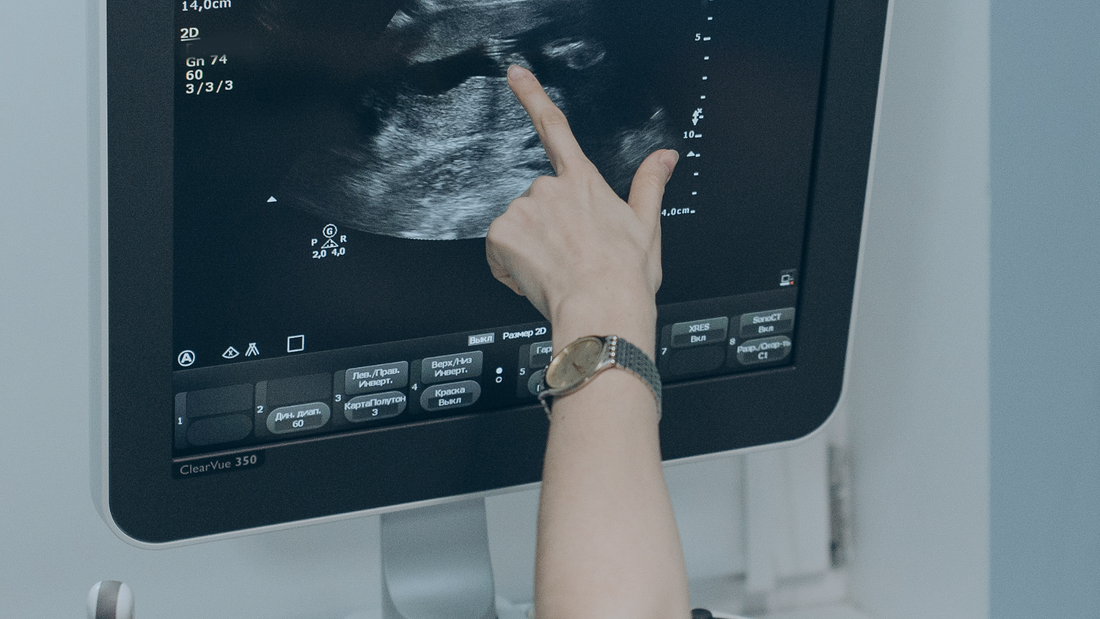Ultrasound technology has long been associated with diagnostic imaging, allowing healthcare professionals to visualize internal structures and organs non-invasively. However, recent advancements in ultrasound technology have expanded its applications beyond traditional imaging, opening up new possibilities in various fields, from medicine to industry. Let's explore some of these innovative applications and advancements.
Point-of-Care Ultrasound (POCUS)
Point-of-care ultrasound (POCUS) refers to the use of ultrasound technology by healthcare providers at the bedside to aid in diagnostic and therapeutic decision-making. Unlike traditional ultrasound imaging, which is performed by trained sonographers in specialized imaging facilities, POCUS allows clinicians to obtain real-time imaging directly at the point of patient care.
POCUS has revolutionized clinical practice in various medical specialties, including emergency medicine, critical care, and primary care. It enables rapid assessment of patients in acute settings, facilitating timely diagnosis and treatment of conditions such as trauma, cardiac emergencies, and respiratory distress.
Ultrasound-Guided Interventions
Ultrasound technology is increasingly being used to guide minimally invasive procedures and interventions across multiple medical disciplines. By providing real-time imaging of internal structures, ultrasound-guided interventions offer several advantages over traditional blind techniques, including increased accuracy, reduced risk of complications, and improved patient outcomes.
Common ultrasound-guided procedures include central venous catheter insertion, peripheral nerve blocks, joint injections, and biopsies. These techniques have become standard practice in many healthcare settings, offering a safe and effective alternative to conventional surgical procedures.
Therapeutic Ultrasound
In addition to its diagnostic capabilities, ultrasound technology is also being utilized for therapeutic purposes. Therapeutic ultrasound involves the use of high-frequency sound waves to generate heat or mechanical vibrations in targeted tissues, leading to various physiological effects.
One common application of therapeutic ultrasound is in physical therapy for the treatment of musculoskeletal conditions such as tendonitis, bursitis, and muscle strains. Ultrasound therapy helps reduce pain and inflammation, improve tissue healing, and increase range of motion.
Ultrasound in Industrial and Scientific Applications
Beyond the realm of healthcare, ultrasound technology is finding applications in various industrial and scientific fields. In manufacturing, ultrasound is used for non-destructive testing of materials, detecting flaws or defects in structures such as welds, pipelines, and aircraft components.
Ultrasound is also employed in environmental monitoring, oceanography, and geology for tasks such as mapping underwater terrain, studying sediment layers, and monitoring seismic activity. Additionally, ultrasound imaging techniques are being used in research laboratories for studying biological tissues, characterizing nanoparticles, and investigating cellular processes.
Future Directions and Challenges
As ultrasound technology continues to evolve, researchers are exploring new avenues for innovation and discovery. Future advancements may include the development of miniaturized ultrasound devices for wearable or implantable applications, enhanced imaging techniques for improved diagnostic accuracy, and novel therapeutic modalities for targeted drug delivery and tissue regeneration.
However, challenges remain, including the need for standardized training and certification in POCUS, addressing barriers to widespread adoption of ultrasound-guided interventions, and overcoming technical limitations in imaging resolution and penetration depth.
Summary
The ltrasound technology has transcended its traditional role in diagnostic imaging to become a versatile tool with applications across various fields. From point-of-care ultrasound in healthcare settings to industrial testing and scientific research, ultrasound continues to drive innovation and shape the future of technology and medicine.

